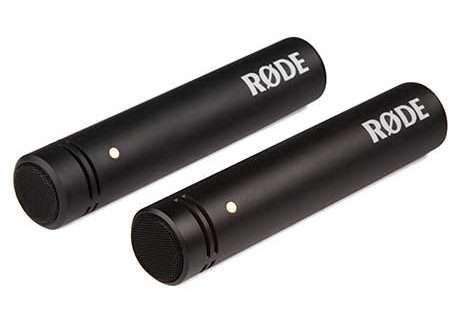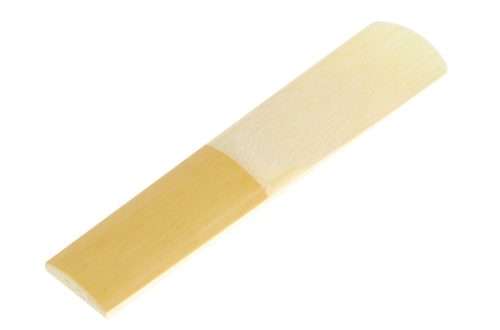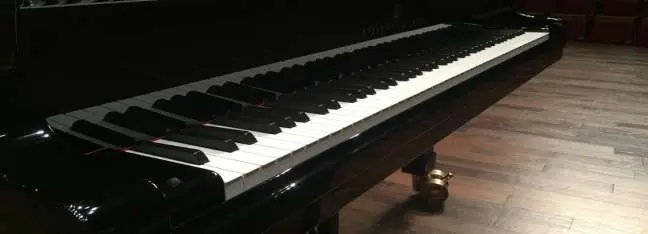
Which instrument to choose to play “live”?
The first thing to think about is to answer the basic question what are we going to play and where?

Keyboards It can be said with a clear conscience that the first keyboards known from the early nineties of the twentieth century were poor, poor-sounding self-plays that a professional musician did not even want to look at. Today the situation is completely different and the keyboard can be a professional workstation with extensive functions giving us almost unlimited editing and creative possibilities. Both professional musicians and amateurs use it. It is especially popular among people playing at special events. If we want to handle a party alone or in a small group, e.g. a duo, the keyboard seems to be the only reasonable solution. The sounds and arrangements of high-end keyboards are so refined that even many professional musicians have a serious problem with distinguishing whether it is a band playing or a musician using the latest digital technology. Of course, the price ranges of these instruments are huge, as are their possibilities. We can buy a keyboard for literally several hundred zlotys and for several thousand zlotys.
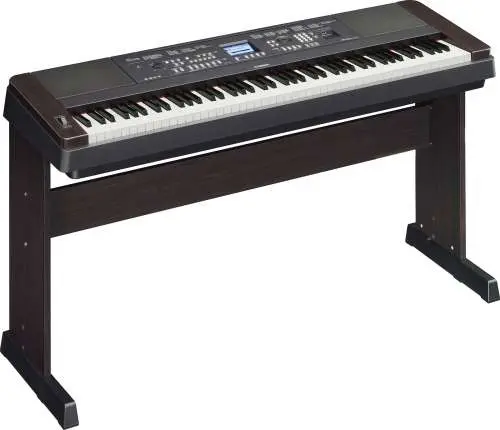
Synthesizer
If you want to shape the characteristics of the sound yourself and you want to invent and create new sounds, of course the synthesizer is the best instrument for this. It is aimed mainly at people who already have musical experience and are ready to search for new sounds. Rather, people who are just starting their learning should not opt for this type of instrument. Of course, when you decide to buy this type of instrument, it is best to look for one with a built-in sequencer. If we choose a new synthesizer, the main attention should be focused on the basic sample created by the sound module. These instruments work very well in ensembles creating their own program and looking for their individual sound. Much more often than keyboards, it is used in full live bands.
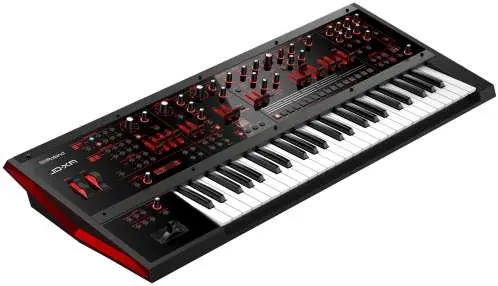
Digital piano
It is an instrument that is designed to reflect the comfort and quality of playing known from an acoustic instrument as faithfully as possible. It should have a full-size, very good weighted hammer keyboard and sounds obtained from the best acoustics. Digital pianos can be divided into two basic groups: stage pianos and built-in pianos. Stage foam, due to its small dimensions and weight, is ideal for transport. We calmly place such a keyboard in the car and go to the show. Built-in pianos are rather stationary instruments and transporting them is much more troublesome. Pianos

Summation
As you can see, each of the instruments has a slightly different use, despite the fact that each one has white and black keys. Keyboards are perfect when you want to play with automatic accompaniment while placing the so-called brick. All those who intend to buy a keyboard with even 76 keys and think that they will play the so-called pianos with the same lightness and precision as on a piano or it will replace a piano for practice, I strongly advise against this type of instrument. It’s just that a keyboard keyboard is completely unsuitable for this, unless our keyboard will be equipped with a weighted keyboard, but it is quite a rare solution. Synthesizers, as we have already said, are more for people who care about a unique sound and who will generate them themselves. Here, too, these instruments are equipped with a so-called keyboard. synthesizer, although there are also models with a weighted hammer keyboard.
Without a doubt, the best keyboard we can find, or at least we should find it, is in digital pianos. We simply will not play Chopin’s pieces on any other than a full-size weighted keyboard. Because even if we play such a piece, because it’s hard to talk about playing the keyboard, whether it’s a keyboard or a synthesizer, it will sound quite square. And in addition, we will get physically much more tired than if we played the same on a weighted keyboard. To all those who are just going to start learning to play and think about it, I would seriously advise you from the very beginning of learning the piano, where we will properly educate the motor apparatus of our hand. The quintessence may be that a digital piano will not replace a keyboard, but a piano keyboard.
Although in recent years, manufacturers have outdone each other in their offer and are increasingly trying to release models that combine all these three functions. A good example here are digital pianos, which are more and more often also workstations, on which we can play with an arrangement like a keyboard, and keyboards that give us more and more possibilities for editing sounds that were previously reserved only for synthesizers.



